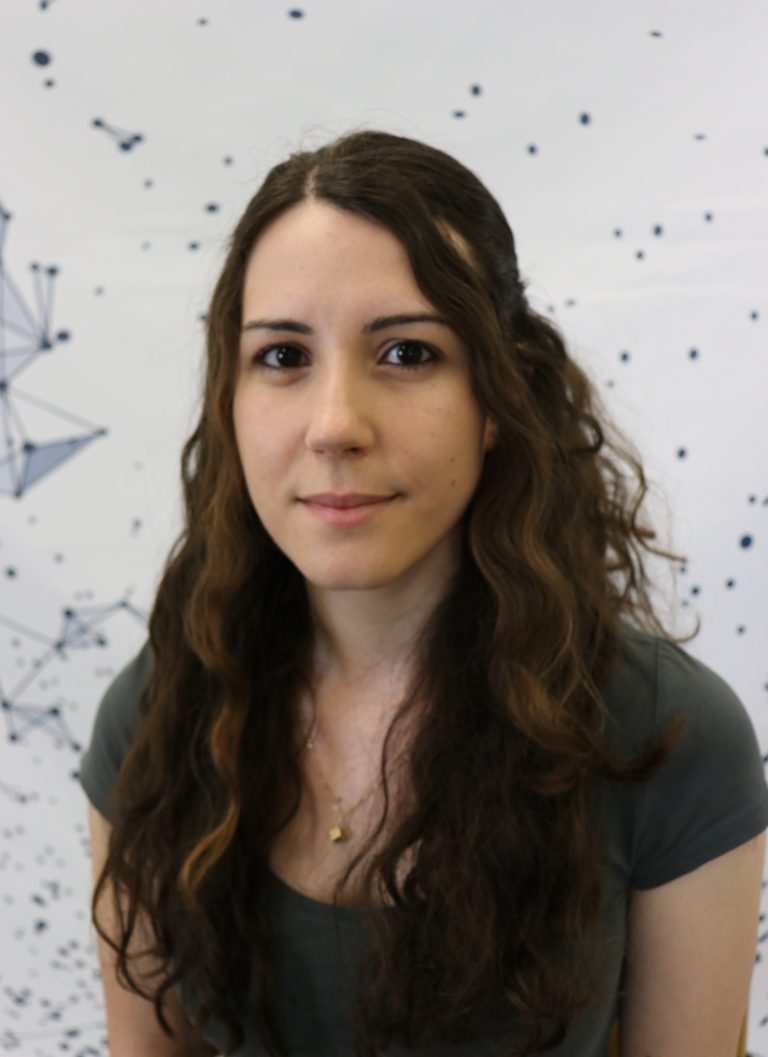Published on: Feb 24, 2023
In our previous blog (Bringing mmWave to WiFi Part 1: IEEE 802.11ad introduces the 60 GHz band to WiFi), we introduced you to the first mmWave WiFi standard – IEEE 802.11ad. As discussed there, IEEE 802.11ad represented a major achievement and allowed for a variety of commercial devices to be developed. However, it did not fully reach the potential of mmWave WiFi to support applications like Augmented Reality (AR) and Virtual Reality (VR), wireless backhauling, and mobile offloading. Therefore, work began on its successor, the IEEE 802.11ay amendment [1], which is expected to support data rates of up to 100 Gb/s [2]. The key enabler behind this ultra-high performance lies in the incorporation of advanced physical (PHY) layer technologies, like channel aggregation/bonding and Multiple-Input and Multiple-Output (MIMO). In addition, expanded beamforming training support is introduced for better performance, lower overhead, and support for a wide variety of deployments and devices. Below we explain the most important changes in IEEE 802.11ay.
Channel aggregation and bonding
IEEE 802.11ad operates in the frequency band from 57 GHz to 64 GHz, divided into 4 channels of 2.16 GHz each. The available bandwidth in IEEE 802.11ay has been doubled with 8 channels available. Furthermore, the added spectrum between 64 GHz and 71 GHz does not suffer from high oxygen absorption, allowing for more reliable communication over longer distances. In addition, IEEE 802.11ay allows the use of multiple channels through channel aggregation or bonding. This provides higher bandwidth and thus higher throughput (for an explanation of how bandwidth and throughput are connected you can refer to MINTS 101: Part 2 – mmWave vs Sub-6 GHz). Up to 4 channels can be used at a time, allowing for 4 times higher data rates compared to IEEE 802.11ad, achieved either with channel bonding or aggregation – both techniques use multiple channels but in different ways. Channel bonding joins multiple contiguous channels into one wider channel, eliminating the channel spacing between them. Channel aggregation, instead, uses multiple individual channels simultaneously, without eliminating the channel spacing. In this case, either contiguous or non-contiguous channels can be used. Figure 1 shows all possible channel configurations in 802.11ay with channel bonding. With channel aggregation, any two non-overlapping 2.16 GHz or 4.32 GHz channels can be used.

Figure 1: Channel configuration combinations in IEEE 802.11ay [3]
MIMO communication
IEEE 802.11ad allows the use of only one antenna at a time, and thus only single stream transmissions. IEEE 802.11ay introduces support for MIMO, where devices can simultaneously use multiple antennas, sending different data streams on each antenna. By introducing a second spatial stream the achieved throughput can be doubled – by introducing a third one it can further be tripled, etc. 802.11ay allows for the concurrent transmission and reception of up to 8 spatial streams at the same time and on the same frequency, leading to up to 8 times the throughput. Both Single-User (SU) and Multi-User (MU) MIMO are introduced, as seen in Figure 2, which shows examples of MIMO with 2 spatial streams.

Figure 2: SU and MU MIMO example
As the name suggests, SU MIMO uses multiple spatial streams to communicate with a single user, doubling the per-user throughput. In this case, it is also possible to send the same data through both antennas – this means no throughput gains, but has increased reliability since multiple copies of the signal are received. In MU MIMO, on the other hand, the AP uses different spatial streams to simultaneously communicate with multiple users, for gain in the aggregate network throughput. In this case, 802.11ay only supports data transmissions in the downlink direction – from the AP to the users. Uplink MU MIMO is not possible due to the complexity of synchronizing the users to transmit at precisely the same time.
It is important that the different streams are clearly separated in space – otherwise, the interference they cause to each other will be too strong to allow for successful decoding of the data. This is achieved by beamforming, which we’ve covered in previous blogs. 802.11ay requires mandatory analog beamforming for MIMO which separates the streams by generating narrow beams. In addition to this, there is optional support for hybrid beamforming, which adds digital precoding for increased performance.
Beamforming Training (BFT)
IEEE 802.11ay significantly expands the BFT mechanisms supported by the standard. This is because the default BFT in IEEE 802.11ad – the Sector Level Sweep (SLS) has high overhead and faces challenges in mobile scenarios that need fast beam adjustments, as well as in dense deployments with a high number of users that need to be trained. Two new mechanisms are introduced to cut the overhead of SLS – the short sector sweep packet removes the MAC header from SLS packets to make them 59% smaller, while the partial SLS procedure reduces the number of SLS packets sent. More importantly, support for BFT with so-called training (TRN) fields instead of packets is increased. The TRN fields were used in 802.11ad for beam refinement, but there is a much bigger reliance on them in 802.11ay. Several new BFT methods with TRN fields are introduced, like BRP Transmit Sector Sweep (TXSS), Group Beamforming, and Asymmetric Beamforming. In addition, the TRN field itself has been redesigned to make it more effective and flexible, allowing its use in different deployment scenarios with different hardware. Finally, IEEE 802.11ay defines BFT protocols for SU and MU MIMO. This type of BFT is particularly challenging since multiple transmit and receive antennas have to be simultaneously trained to ensure sufficient spatial stream separation. For a more detailed explanation of the BFT protocols introduced in 802.11ay please refer to [2] and [4].
Conclusion
IEEE 802.11ay was approved in 2021 and the first devices supporting it are beginning to emerge on the market [5,6,7]. With its support for incredibly high data rates and low latency, it can revolutionize WiFi networks and be the key enabling technology to make applications like AR/VR, smart homes, and remote surgery a part of everyday life.
If you were able to stick until the end and can’t wait for more content and you also want to know about us and our projects, you can always follow our social media channels.
References
[1] IEEE, “Wireless LAN MAC and PHY Specifications Amendment 2: Enhanced Throughput for Operation in License-Exempt Bands Above 45 GHz,” IEEE Std 802.11ay, 2021.
[2] Y. Ghasempour, C. R. C. M. da Silva, C. Cordeiro and E. W. Knightly, “IEEE 802.11ay: Next-Generation 60 GHz Communication for 100 Gb/s Wi-Fi,” in IEEE Communications Magazine, vol. 55, no. 12, pp. 186-192, Dec. 2017, doi: 10.1109/MCOM.2017.1700393.
[3] H. Assasa, N. Grosheva, T. Ropitault, S. Blandino, N. Golmie, and J. Widmer. 2021. Implementation and evaluation of a WLAN IEEE 802.11ay model in network simulator ns-3. In Proceedings of the 2021 Workshop on ns-3 (WNS3 ’21). ACM, New York, NY, USA, 9–16.
[4] C. R. C. M. Da Silva, J. Kosloff, C. Chen, A. Lomayev and C. Cordeiro, “Beamforming Training for IEEE 802.11 ay Millimeter Wave Systems,” 2018 Information Theory and Applications Workshop (ITA).
[5] https://www.qualcomm.com/products/application/wireless-networks/wi-fi-networks/qca6428





